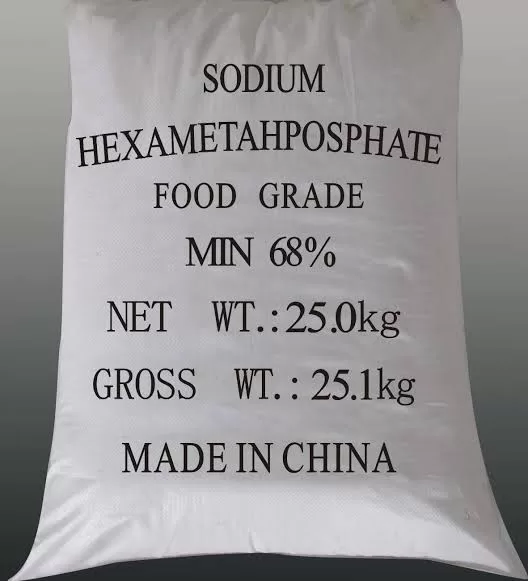Sodium Hexametaphosphate: Key Insights into Its Functionality and Environmental Impact
Sodium hexametaphosphate (SHMP) is a versatile chemical compound widely used in industries ranging from food processing to water treatment. Its ability to function as a dispersing agent, emulsifier, and sequestrant makes it an essential ingredient in various applications.
In food manufacturing, SHMP acts as a preservative and stabilizer, preventing clumping in powdered products and enhancing the texture of processed foods. It’s commonly found in products such as canned vegetables, dairy, and frozen foods. The compound’s ability to bind with minerals, particularly calcium and magnesium, is crucial for improving product stability and shelf life. Moreover, SHMP’s role as a water softener allows it to be a valuable component in detergent formulations.
In water treatment, SHMP is used to prevent scale formation in industrial systems, including boilers and cooling towers. It functions by sequestering metal ions that can otherwise contribute to corrosion or scale buildup. Additionally, SHMP finds applications in textiles and ceramics, acting as a dispersant in dyeing processes and in the production of glazes.
However, while SHMP offers significant benefits in various sectors, its environmental impact has raised concerns. When released into water systems, it can contribute to the eutrophication of aquatic ecosystems by increasing the availability of phosphorus, which promotes algae growth. Excessive algal blooms can deplete oxygen levels, harming aquatic life. Consequently, regulatory bodies are working to monitor and manage the levels of SHMP used in industries to mitigate its environmental footprint.
Despite its usefulness, there is a growing push toward finding sustainable alternatives to SHMP in certain applications. Researchers are investigating biodegradable and less harmful options that can provide similar functionality with minimal environmental impact.
In conclusion, sodium hexametaphosphate is a highly functional compound with widespread industrial use, but its environmental implications require careful consideration. Balancing its benefits with its potential ecological effects will be key to ensuring its continued responsible use.













Add comment